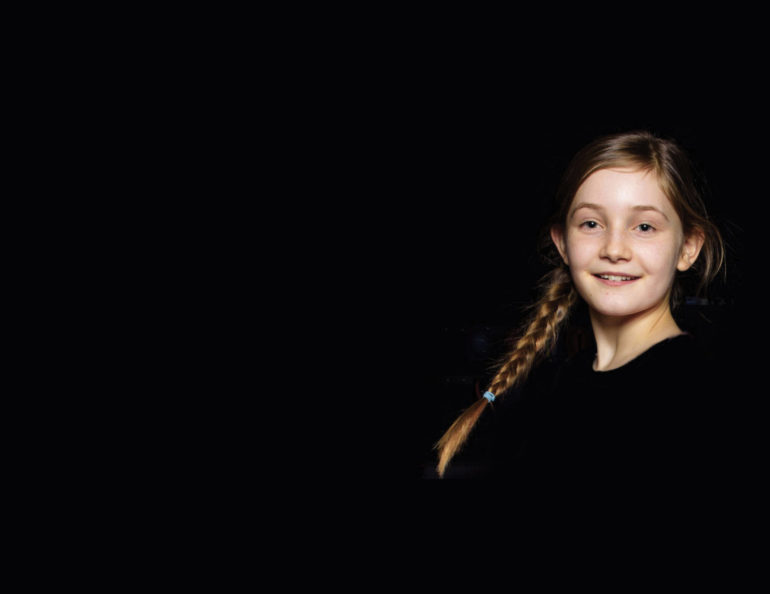Mendelssohn, Britten And A Surprising New Talent

Tickets
-
01
Mar
2020
—
Sun 8:00 pm
Centennial Theatre
01 Mar 2020 —
Sun 8:00 pm
Centennial Theatre

Tickets
-
01
Mar
2020
—
Sun 8:00 pm
Centennial Theatre
01 Mar 2020 —
Sun 8:00 pm
Centennial Theatre
Britten
Canadian Carnival
Alma Deutscher
Piano Concerto
Mendelssohn
Symphony No. 3, Scottish
Fourteen-year-old Alma Deutscher wrote her first sonata at age six and her first short opera at the age of seven. Described by Sir Simon Rattle as “a force of nature” and by Anne-Sophie Mutter as “extraordinary,” Alma’s works have seen performances all over the world and received widespread critical acclaim. A virtuoso on both the piano and violin as well as a prolific composer, Alma plays on a violin made in 1683 by Antonio Stradivari (the Bucher Stradivarius.)
Mendelssohn was no slouch, playing his first concert at age nine. Canadian-born Stanley Dodds became the first member of the Berlin Philharmonic of Chinese descent. He now splits his duties between Principal Conductor of the Berlin Symphony Orchestra, and playing second fiddle with the Phil — literally!
This concert is part of the 2019-2020 North Shore Classics series and is also playing at the Orpheum on February 29, 2020 and in Surrey on February 28, 2020.
PROGRAM NOTES
Benjamin Britten – Canadian Carnival, Op. 19
Alma Deutscher – Piano Concerto in E-flat Major
Felix Mendelssohn – Symphony No. 3 in A Minor, Op. 56 “Scottish”

Stanley Dodds
Conductor

Alma Deutscher
Piano

Stanley Dodds Conductor

Alma Deutscher Piano
